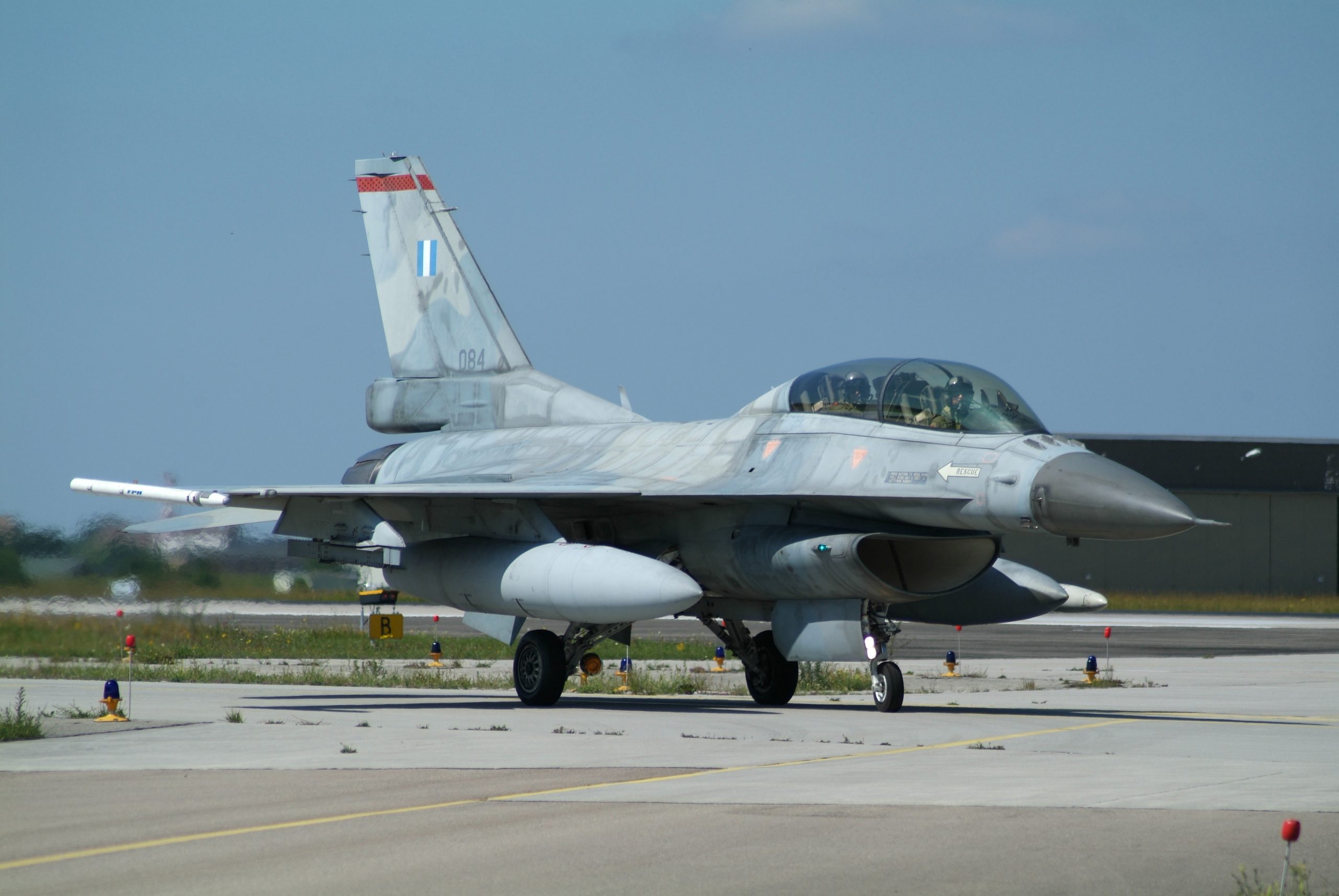
Ukrainian Air Force aviators are presently at the controls of F-16 jets, following approval from the United Kingdom’s Ministry of Defense. This authorization was granted after six additional pilots, already proficient in “dry training,” commenced airborne training sessions with the F-16 jet. Official announcements underscore that the aerial training is taking place in Denmark. Two separate groups of pilots, totaling 14 in number—initially eight and later another six, who recently arrived—are undergoing training. Each pilot successfully completed the “UK Basic Training Programme,” with a focus on “dry training” and English language proficiency. Reports from the British Ministry of Defense reveal that an additional 10 Ukrainian pilots are in the UK, continuing language instruction. Consequently, in the upcoming weeks, the number of Ukrainian pilots soaring the skies of Denmark is set to increase from 14 to 24.
Regarding Ukrainian pilot training, the specifics of the British training program have been clarified by a press release from the UK Ministry of Defense. The training involves mastery of the English language and practical application through lessons led by experienced British pilots. The Grob Tutor aircraft is utilized to guide trainees through standard aircraft handling procedures, instrument flying, and both medium and low-level navigation, including the challenging art of formation flying.
The implications for Ukraine are significant. This dual-focus education not only prepares the country for potential confrontations with the Russian army but also foresees the future of Ukrainian aviation post-conflict. It is reasonable to assume that, once the battle cloud clears, Kyiv will maintain a posture equipped with Western weaponry systems, including fighter jets. As Ukraine moves towards potential NATO membership, the language skills honed by Ukrainian pilots will enhance interoperability between NATO members and the Ukrainian Air Force.
The training of Ukrainian pilots is not limited to the United Kingdom. Various locations, including Denmark, the Netherlands, and the United States, play pivotal roles in the ongoing training process. This diversified training approach underscores a comprehensive effort to bolster the capabilities of the Ukrainian Air Force, extending beyond national borders to ensure preparedness for diverse operational scenarios.
In addition to Denmark, strategic initiatives are in progress for Ukrainian pilots to operate F-16 aircraft within Dutch airspace. A neighboring country, Romania, has emerged as a key facilitator for aerial training flights involving Ukrainian crews. A bilateral agreement, formalized in October, as per a statement from the Romanian government, outlines the inclusion of Ukrainian pilots in the inaugural group trained at Romania’s newly established F-16 training facility. The training center commenced operations in early November and is poised to initiate training for Ukrainian pilots in the early months of the upcoming year.
A Ukrainian pilot, known by the affectionate moniker “Moonfish,” shared insights with Defense Express, a local Ukrainian website, regarding his initial experiences flying the F-16. Moonfish emphasized the significance of the onboard computer interface equipment and the impressive multi-function displays on the F-16 when comparing it to MiG-29 fighters. Regarding comfort, Moonfish lauded the well-crafted design of the F-16, acknowledging some cockpit space constraints but overall praising the ergonomic efficiency.
Addressing the challenge of transitioning MiG-29 pilots to the F-16, Moonfish highlighted that Ukrainian pilots underwent preliminary training using “available simulators,” which, based on previous statements from Ukraine’s armed forces, may include home-made versions.
Amidst the formation of the “F-16 coalition,” initial expectations suggested a wait of several months before Western warplanes would be deployed in Ukrainian skies to counter Russian threats. However, some Russian bloggers claimed the presence of F-16s at an Odessa airport, alleging their destruction while parked on the runways. Validating such claims poses challenges. Radio Free Europe, drawing from Western sources, reports no current deployment of Western F-16s in Ukraine. The arrival of the first batch of F-16s is anticipated within days, possibly in the new year, according to some experts.
Contrary perspectives emerge from the Russian think tank Rybar, citing intelligence primarily sourced from Russia. Rybar suggests that Ukraine has received at least two F-16 fighter jets transported via two trucks from Poland. However, these assertions lack public substantiation, with both Ukraine and Poland issuing denials. The evolving narrative underscores the complexity of discerning factual information in the current context.





